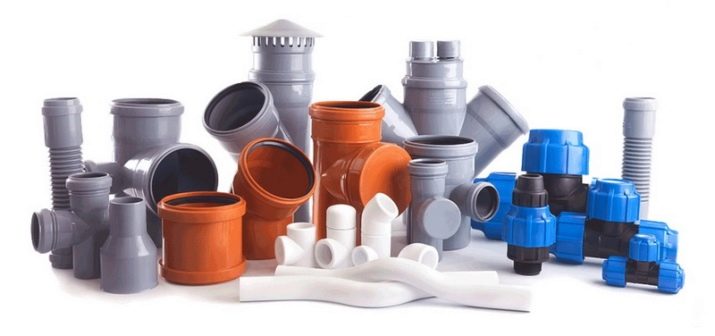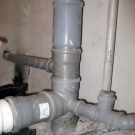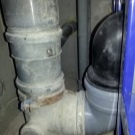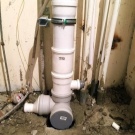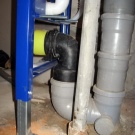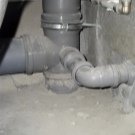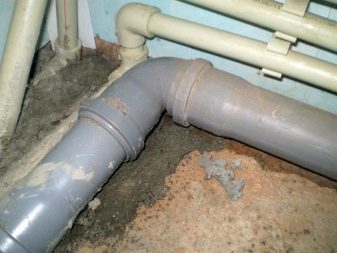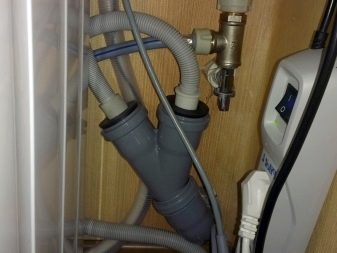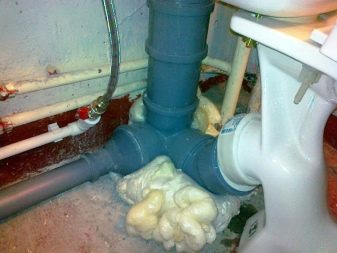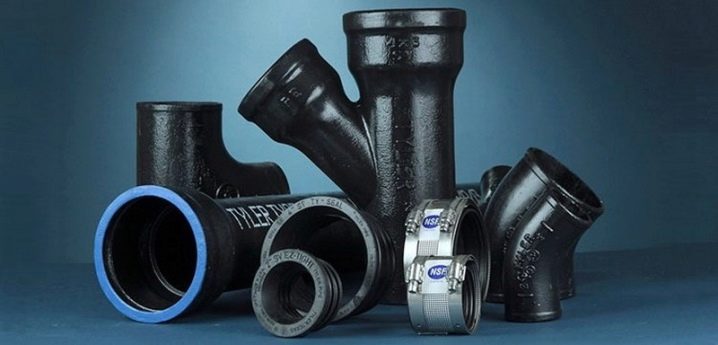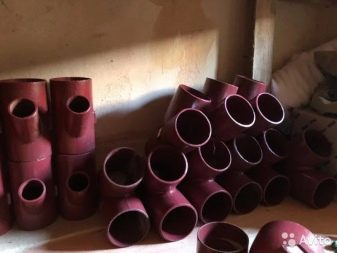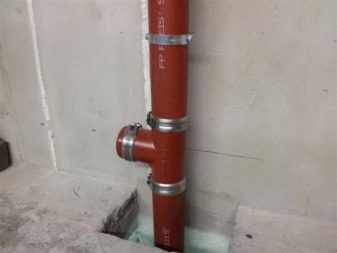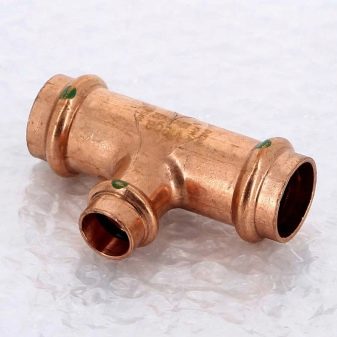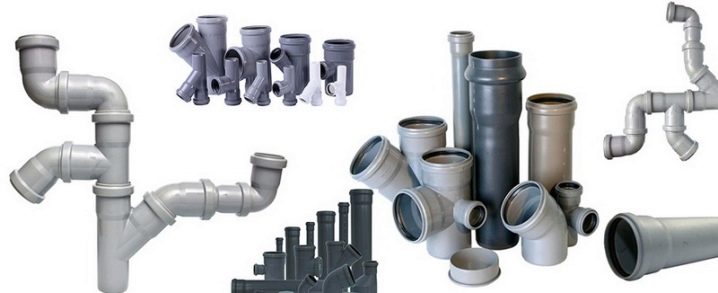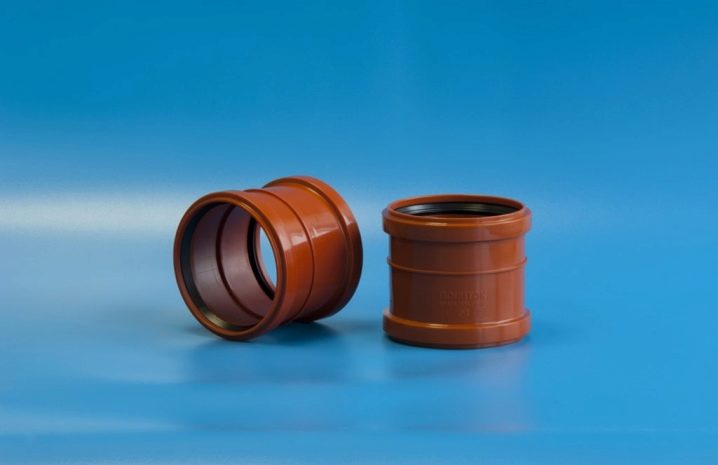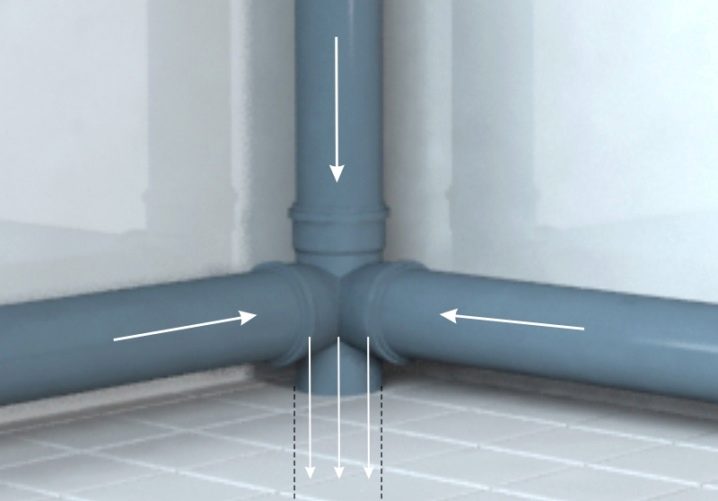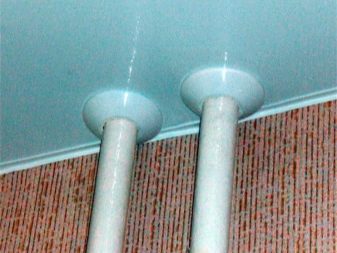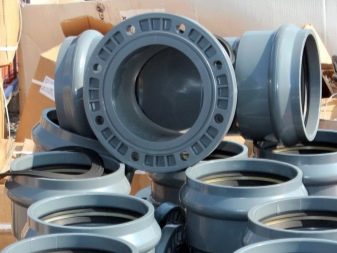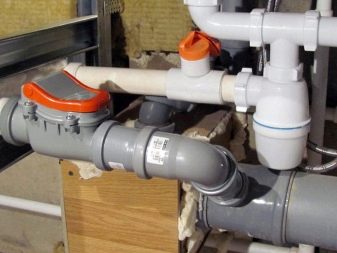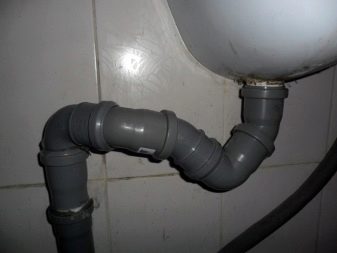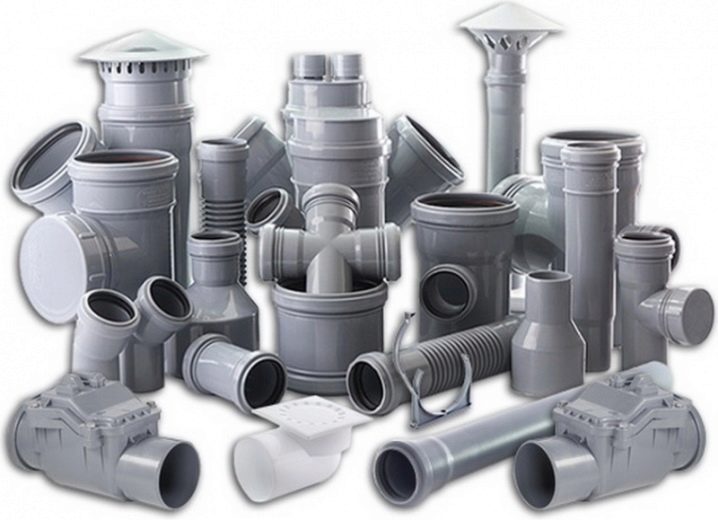Adapters for sewage: varieties and tips on choosing
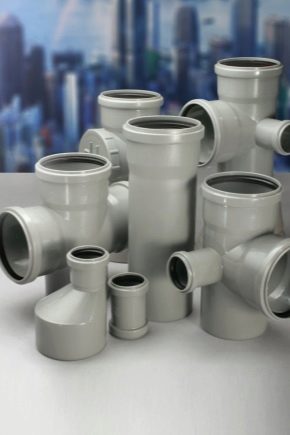
Sewer adapters are an essential part of the piping system and are widely used in its installation. Due to the huge range of connecting fittings, it is possible to arrange external and internal communications of any complexity.
Purpose of fittings
The role of adapters in the sewage system is difficult to overestimate. Without their help, no repair of plumbing pipes and no construction of a new line is possible. Fittings are of particular value in cases when it is necessary to make a transition from pipes of one diameter to pipes of another - larger or smaller. Adapters are irreplaceable when performing repair work indoors, then when there is no opportunity to change all sewer system entirely, and it is necessary to change only its certain site.
Very often, the material of pipes of general home networks does not correspond to the material of pipes installed in an apartment. The most common situation is the following: the general sewer riser is made of cast iron, and the landlord plans to install plastic in his bathroom. In such cases, adapters come to the rescue, which are able to connect pipelines of different material into a single network while ensuring a reliable and tight connection.
In addition to connecting dissimilar materials, adapters allow you to create any network configuration and change the direction already existing. In addition, with the help of shaped parts made of cast iron, it is possible to discharge chemical wastewater and polluted water, the temperature of which exceeds 60 degrees.
Materials used
The materials used for the manufacture of adapters, use steel, copper, cast iron and modern polymers. Plastic is the most common type of raw material, and gradually displaces metal counterparts. For the manufacture of polymer fittings using polypropylene and polyvinyl chloride.The use of such parts greatly simplifies installation work and significantly reduces the time for their implementation.
The high popularity and high consumer demand for plastic adapters are due to a number of indisputable advantages of such parts:
- the small weight of the fittings allows you to easily install the dimensional details of external systems yourself;
- a huge assortment of more than 100 types of plastic adapters, allows you to quickly find the right part;
- PP and PVC products are not subject to corrosive processes, which distinguishes them from their metal counterparts;
- fittings are distinguished by high strength and long service life, which allows, after their installation, to forget about repairs for a long time;
- low cost and widespread availability make it possible not to save on material and, for little money, to form a high-quality pipeline.
The disadvantages of plastic adapters include the likelihood of deformation from exposure to high temperatures, the inability to use plastic to remove chemical waste and low resistance to cold.
Cast iron is also used to make adapters.Despite the fact that cast-iron pipelines are gradually being replaced by plastic, the material is still quite widely used for the repair of communications of the old housing stock. Cast iron elements are installed at the joints of cast iron and plastic pipes. Installation is carried out using a threaded connection. For ensuring high tightness the fittings are completed with rubber cuffs.
Shaped parts from cast iron also have several advantages.
- The service life of cast iron adapters is much longer than the service life of steel and plastic products and reaches 80 years.
- After dismantling, cast iron fittings can be reused, which cannot be done with plastic and steel counterparts.
- High tightness of the joints. Sometimes on especially problematic sections of the pipeline, the joints are coated with polymeric sealants, after which they are tightened with a lock nut.
- Unlike steel and plastic fittings, which are attached to the pipes by welding or crimping, cast iron adapters are mounted using a threaded method. This greatly simplifies the installation and makes it available even for a novice plumber.In addition, when it becomes necessary to eliminate the blockage, the plastic fitting must be unsoldered, and the cast-iron one simply unscrews.
The disadvantages include a large weight of cast iron products, the presence of a high linear expansion coefficient inherent in cast iron, and the need to periodically inspect the joints in order to pull loose nuts.
Metal adapters are used to connect steel pipelines and are made of copper and copper alloys of low carbon steel. Some models are coated with zinc or nickel. This allows you to improve their anti-corrosion properties and increase service life. The connection of metal adapters with pipes occurs by means of a threaded method, and the thread on the fittings can be cut both inside and outside.
The advantages of such parts are wide consumer availability, ease of installation and a large range of products. The disadvantages include susceptibility to corrosive processes, which is why such adapters often stick to the pipe and dismantling such a connection is very difficult.
Classification
In the modern market of shaped elements of the adapter are widely represented. In addition to the material of manufacture, the fittings differ in the place of installation and functional accessories. At the place of installation adapters are represented by eccentric and concentric models. The first are intended for installation on horizontal pipelines, and the second are used on vertical highways.
However, the main feature by which the classification of adapters occurs is their functional purpose.
- Coupling. This fitting is used to form a pipeline of pipes of the same diameter. The size of the internal section of the coupling corresponds to the outer diameter of the pipe. Couplings can be produced both with external and internal thread or be compression (capable of being fastened using a crimp method).
The compensation coupling is a type of coupling and serves to ensure the integrity of the connection under the influence of thermal linear expansion. It is often used in systems with large volumes of hot water discharge, which leads to a change in pipe dimensions in length and width.
- The transitional coupling provides transition of the pipeline from pipes of bigger diameter to smaller.
- The tap is used in cases when it is necessary to change the direction of the pipeline. Products are produced in different versions of turning corners, the most common of which are angles of 30, 45, 60 and 90 degrees. Many models have a deviation from the central axis in the direction of the rotation of the system, which facilitates the free current of sewer masses and reduces the likelihood of blockage.
- The fitting is designed to connect a plastic drain hose and a metal pipe into a single network.
- The cross is used in cases where one branch is necessary to make two branches. Each side of the cross can have its own section size, and the angle of connection of the pipes is 90 degrees.
- The tee, as well as the crosspiece, forks a network and is often used to connect the drain of dishwashers and washing machines to the sewer. Fittings allow you to connect pipes at an angle of 45, 67, 88 and 90 degrees. At the inlet of the product there are sockets equipped with sealing rings, and the outlet channel is fully compatible with the socket of the main pipeline.
- The bypass is a curved fitting, with which one system bypasses the other when they cross in the same plane.
- The nurse consists of two parts, crimping the pipe, and serves to perform a tie-in into the main pipeline.
- Flanges are a type of adapters that connect metal pipes with PVC pipes.
- Reduction - a fitting that allows you to connect elements of a sewage system that have different diameters.
- The compensator is a kind of adapter and is installed on the lower sections of the pipeline. With its help pipes from different materials connect, the necessary bias is formed, and hydraulic shocks are extinguished. However, the main function of this fitting is the deformation compensation of pipes and their joints, resulting from exposure to high temperatures.
- An adapter with a ball valve is installed before the sewer network enters the house and is located in the viewing hatch.
- The two-legged siphon is designed to provide ventilation and timely removal of poisonous sewage gas.
Dimensions
Standard sizes of adapters completely correspond to the sizes of the pipes participating in formation of sewer systems.For the arrangement of internal networks the most common sizes of sections are 110, 100, 50 and 32 mm. Such fittings can be installed using a threaded connection, or by welding, in contrast, for example, to overall products with a diameter of 250 mm, which can only be assembled using a welding machine. The connection in this case is completely unremovable, and for its dismantling you will need to cut the connection.
Adapters used for joining plastic pipes with cast iron, available in sizes 50 and 110 mm. Fittings for toilet bows are bent at an angle of 45 and 90 degrees and have a common diameter for all models - 128 mm. The cylindrical part of such adapters can vary and be 112, 133 and 232 mm.
How to choose?
When choosing adapters, one should be guided by the pipe manufacturing material and the degree of pressure. So, for non-pressure systems, PVC fittings can be purchased, whereas for high-pressure pipelines it is more expedient to choose cast-iron models. You should also decide on the type of connection and based on this purchase products with or without external or internal thread.
Next, it is necessary to determine the exact angles of inclination and turns of the system, remembering that the smaller the angle, the more efficiently the drains are discharged. You also need to know that for the installation of external networks should purchase products of red color, while for interior use black and gray fittings. In general, it is necessary to design a sewage system in such a way that the number of connections, angles and turns is minimal. This will reduce the possibility of blockage and save money.
For information on how to use sewer adapters, see the following video.
A wide range of adapters allows you to create a system of any complexity and to ensure an unimpeded and permanent drainage of sewage into the sewer.

